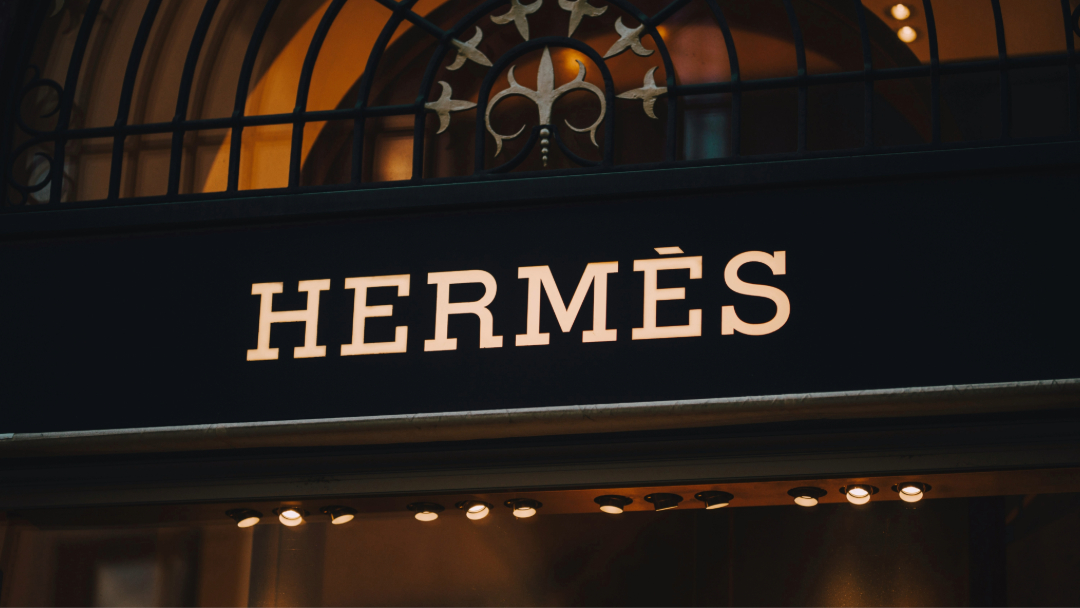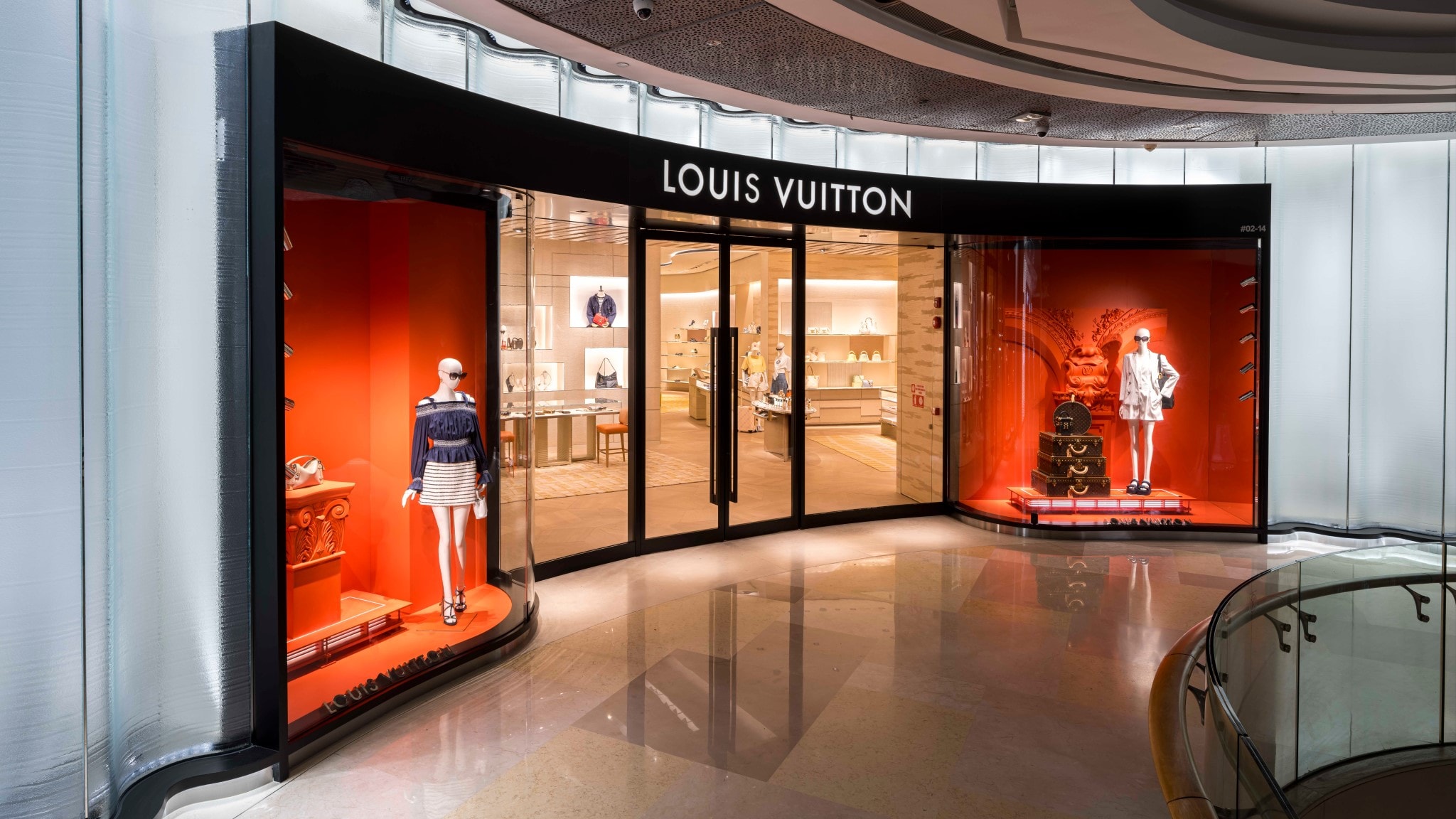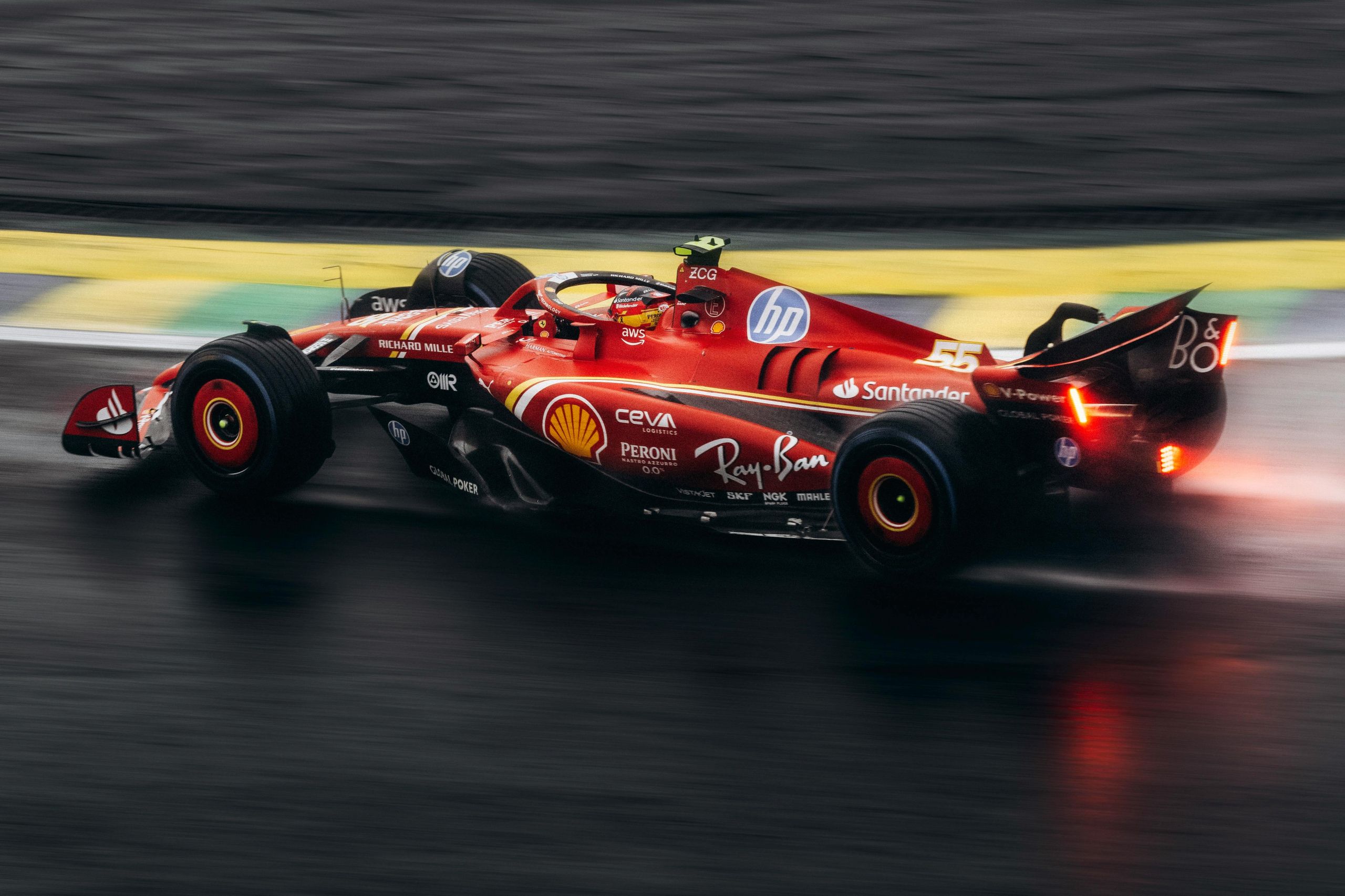The key insights from the 12th Edition of Bain’s Luxury Goods Worldwide Market Study, in partnership with Altagamma

The key insights from the 12th Edition of Bain’s Luxury Goods Worldwide Market Study, in partnership with Altagamma
As reported in September, growth within the luxury industry is beginning to stabilise in the single digits to early-teens, after several years of ballistic double-digit increases.
“The hypergrowth of recent years was destined to moderate,” confirms Claudia D’Arpizio, a Bain partner in Milan and lead author of the 12th Edition of the Luxury Goods Worldwide Market Study. “The silver lining for luxury brands is that they can now change their focus from keeping up with the present to planning for the future.”
Overall worldwide, luxury goods spending is expected to grow by 2% to €217 billion (at current exchange rates) during 2013, as challenging economics in Europe continue and as operations in China shift from market expansion to network maintenance.
“ Overall worldwide, luxury goods spending is expected to grow by 2% to €217 billion in 2013 ”
Though the report is quick to mention that, at constant exchange rates, market growth would have reached 6% for the year, compared to five percent in 2012. The devaluation of the yen is responsible for over half of this year’s gap.
The Americas region is estimated to grow at 4% in 2013 versus 2012, surpassing the estimated 2.5% growth rate for China, driven in part by a steady pace of store openings in second-tier cities in the U.S.
Another part of this growth is from the increasing number of Chinese tourists now spending in cities such as Las Vegas and Los Angeles. Overall, Chinese consumers have increased from 25% to nearly 30% of the luxury market, including local luxury consumption, and purchases made by tourists abroad
“ Tourist spending now drives 50% of revenues in Italy & 60% of revenues in France ”
2% growth is expected in Europe, with increasing spending by tourists counteracting slower spending by European nationals. Tourist spending now drives half of revenues in Italy, 55 percent of revenues in the U.K., and 60 percent of revenues in France
Though Japanese consumption increased by 9% after a long period of stagnation, sharp depreciation of the yen imposed a steep penalty on the final revenues for luxury brands. As a result, Japan is expected to decline by 12%.
Mainland China will grow at 2.5%, whilst Greater China (including Hong Kong and Macau) will increase by 4%, as the cities increasingly capture Chinese spending as the nearest-to-home touristic markets.
“ Southeast Asia has become the rising star of the Asia Pacific region, with growth of 11% ”
Southeast Asia has become the rising star of the Asia Pacific region, with growth of 11%, not only in its historic core of Singapore but also in Malaysia, Indonesia, Vietnam, and Thailand.
The Middle East remains relatively strong, with 5% growth. Sales remain strong in Dubai as well, while Saudi Arabia is also gaining share to become the region’s second largest luxury market.
Africa is increasingly demonstrating its attractiveness as a high-potential region, with 11% growth and expansion into new markets such as Angola and Nigeria beyond its traditional strongholds of Morocco and South Africa/
To further investigate industry performance on Luxury Society, we invite your to explore the related materials as follows:
– Luxury Growth Ushers In The New Normal
– Chinese Crackdown on Luxury to Drive Demand
– What Is Really Behind China’s Luxury Slowdown?










